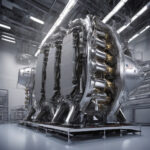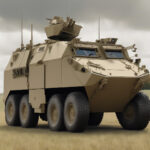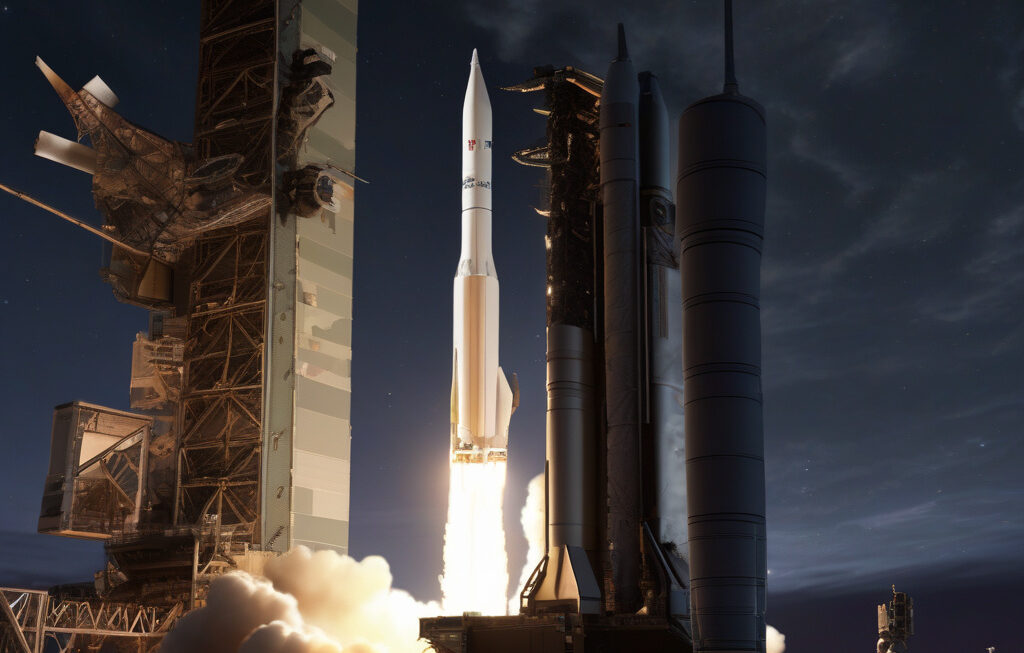World-first Lab Tests 3D Space Prints to Help Astronauts ‘Dodge a Bullet’ in Orbit
There’s a growing buzz around space-based 3D printing. Many experts see space-based 3D printing as the next frontier in space exploration, offering unprecedented opportunities for innovation and problem-solving in the final frontier. In a groundbreaking development, a team of researchers has recently conducted world-first lab tests on 3D space prints designed to help astronauts “dodge a bullet” in orbit.
The concept of dodging a bullet in space may sound like something out of a sci-fi movie, but the reality is that space debris poses a significant threat to spacecraft and astronauts. With millions of debris pieces hurtling through space at incredibly high speeds, even a tiny speck of paint can cause catastrophic damage to a satellite or spacecraft. To address this pressing issue, researchers have turned to 3D printing technology to develop a novel solution.
The team behind the world-first lab tests is leveraging the unique capabilities of 3D printing to create specially designed shields that can protect spacecraft from incoming debris. By precisely tailoring the shape, structure, and composition of these shields, researchers aim to maximize their effectiveness in deflecting or absorbing impacts from space debris.
One of the key advantages of using 3D printing for this application is the ability to rapidly prototype and iterate on designs. Traditional manufacturing methods would struggle to produce the complex geometries and intricate patterns needed for optimal shield performance. With 3D printing, researchers can quickly test different configurations and materials to identify the most effective solutions.
Moreover, the flexibility of 3D printing allows for on-demand manufacturing of these shields in space. Instead of relying on costly and time-consuming resupply missions from Earth, astronauts could potentially produce replacement shields as needed using a compact 3D printer aboard the spacecraft. This capability could revolutionize the way we approach spacecraft maintenance and repair, enhancing the resilience and longevity of space missions.
Beyond protecting against space debris, the applications of 3D printing in space are vast and varied. From manufacturing spare parts on-demand to creating tools and equipment tailored to specific mission requirements, the potential benefits of in-space 3D printing are immense. As we look towards the future of space exploration, incorporating 3D printing technologies will be key to overcoming the challenges of long-duration missions and establishing sustainable presence beyond Earth.
The successful completion of the world-first lab tests on 3D space prints marks a significant milestone in advancing the capabilities of in-space manufacturing. By harnessing the power of 3D printing, researchers are paving the way for safer and more efficient space missions, ultimately enabling astronauts to navigate the hazards of space with greater confidence and security.
In conclusion, the convergence of 3D printing and space technology holds immense promise for the future of space exploration. As researchers continue to push the boundaries of innovation and discovery, we can expect to see more groundbreaking developments that will shape the course of human spaceflight for years to come.
space, 3Dprinting, astronauts, innovation, technology












